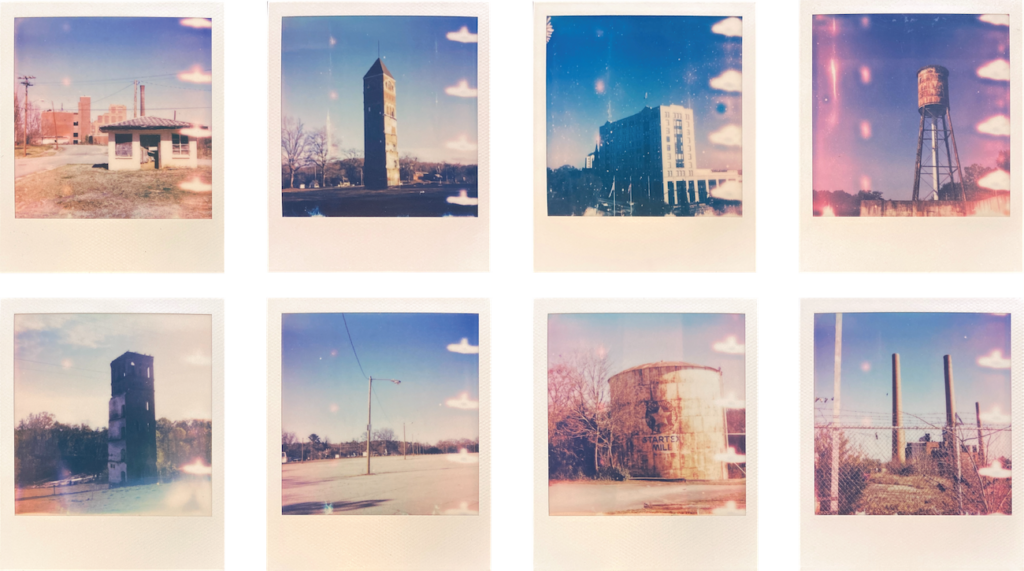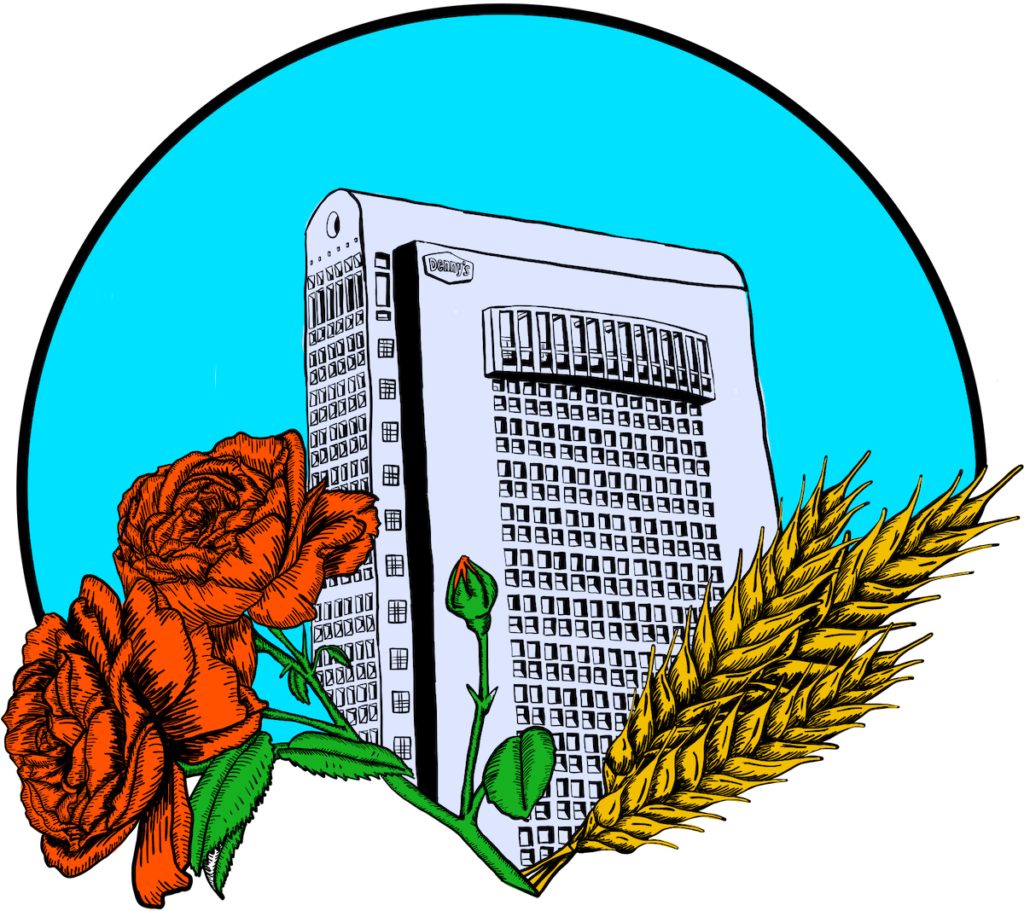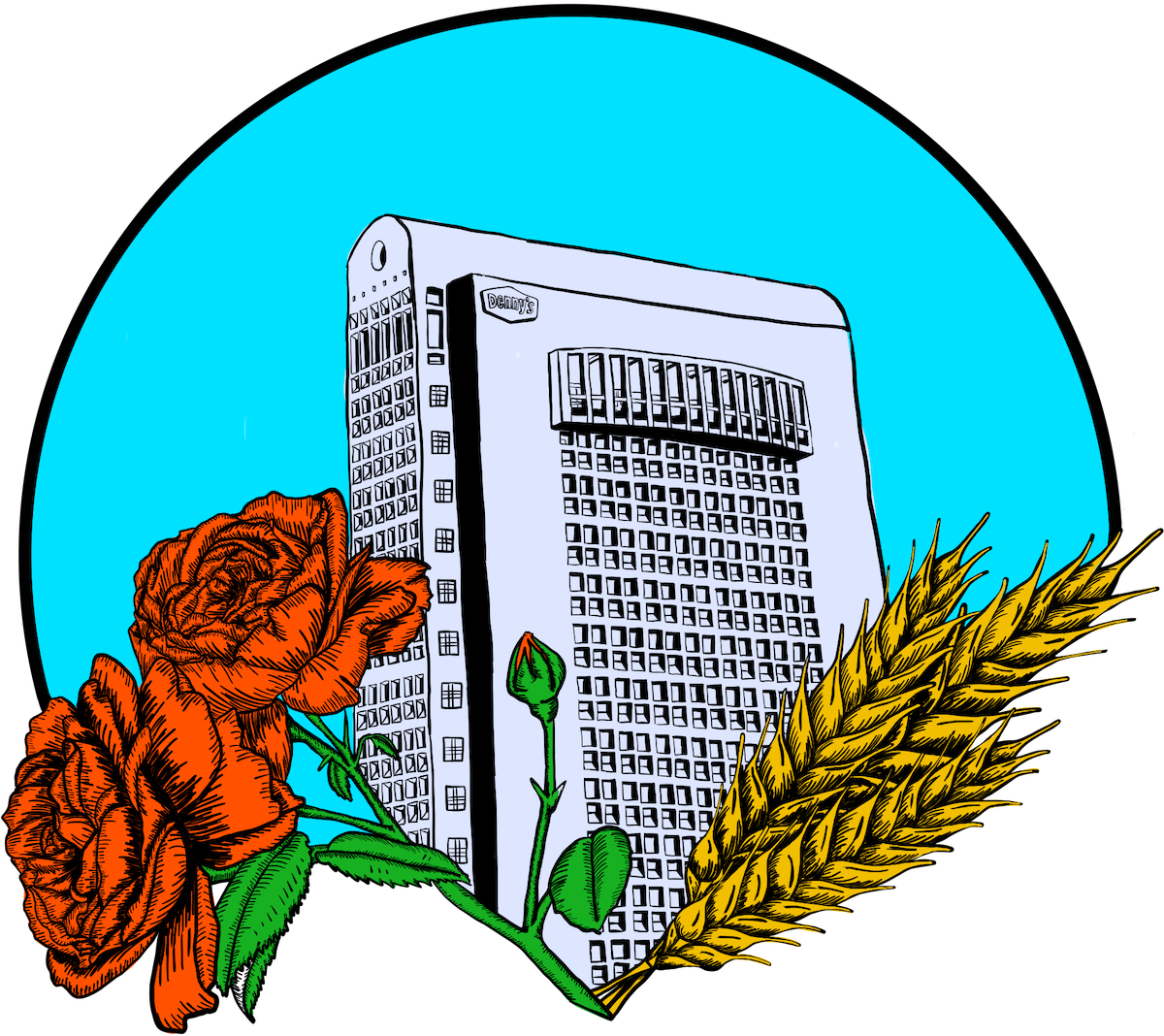Spartanburg County Mill Audio Tours


An experiential art piece to reactivate former sites of labor before they are lost to the landscape through redevelopment or decay.
Every action has consequences
Our Southern collective history is riddled with stories of direct actions whose consequences overwhelmed, swallowed, and crushed movements. The ways these tales of “defeat” are carried from generation to generation matter. Stories of defeat offer warnings and hope, warnings of missteps and hope of what is possible still. I was drawn to the mills of Spartanburg County and the Uprising of 1934 to talk about defeat and the promise of possibilities.
According to Cornel University’s School of Industrial and Labor Relations Labor Action Tracker, since January 1, 2021, there have been 1,205 labor actions across the country. When asked what is driving this number of strikes, Sharon Block, a former member of the National Labor Relations Board and current Professor and Director of the Center for Labor and a Just Economy at Havard Law School, responded by saying, “I think that there are a couple of trends driving this increased strike activity. First, the public’s sympathies seem to be with workers. Unions are enjoying higher support among the public than they have in decades. That gives confidence to workers considering going out on strike. Also, I believe that unions are considering the leverage that the tight labor market gives them.”
Though there has been an increase in both labor actions and public support of unions across the country, the South continues to trail behind the nation in union numbers. From right-to-work laws and governmental neglect to violent histories of suppression and targeted harassment, there are many reasons for this regional disparity. Growing up in Kentucky, a state whose worker history from the coal mines to the factory floors is marked by Pinkertons, treachery, and blood, unions and protests were often represented as relics of a different time. Generations passed down the stories of defeat as warnings of what could happen to you if you challenged power. A silence born out of precautionary acts of love and attempts to keep kindred from “going missing” leads to the normalization of complicity in the face of injustice.
I have spent the last 15 years investigating the elements needed to move from this normalized complicity to normalized liberatory actions. Of all the possibilities, the one that resonates most with me is the journey out of fear through collective action. In this way, the story of 1934 can be told as 22 days of over half a million workers choosing dignity over fear. The broken promises of Washington and the broken laws committed by company bosses are what destroyed possibilities for better lives in the mills, and yet how this story of defeat is inherited more times than not places the blame on the workers for taking a stand, confusing both the truth of history and our understanding of power. This project is born from this continuous investigation and is offered as one path of intrigue.
The objective of this project is not only to activate these former sites of direct action but also to explore labor’s connections to the fight for liberation in all aspects of our lives. These audio tours are comprised of solicited recordings from artists, educators, writers, organizers, and historians reading text that inspires them. These recordings have been randomized to create the opportunity for chance overlaps and new combinations of connectivity. I hope this work honors the sacrifices of those involved in the Uprising of 1934 by inspiring the move from fear to action.
– mo kessler, 2024

